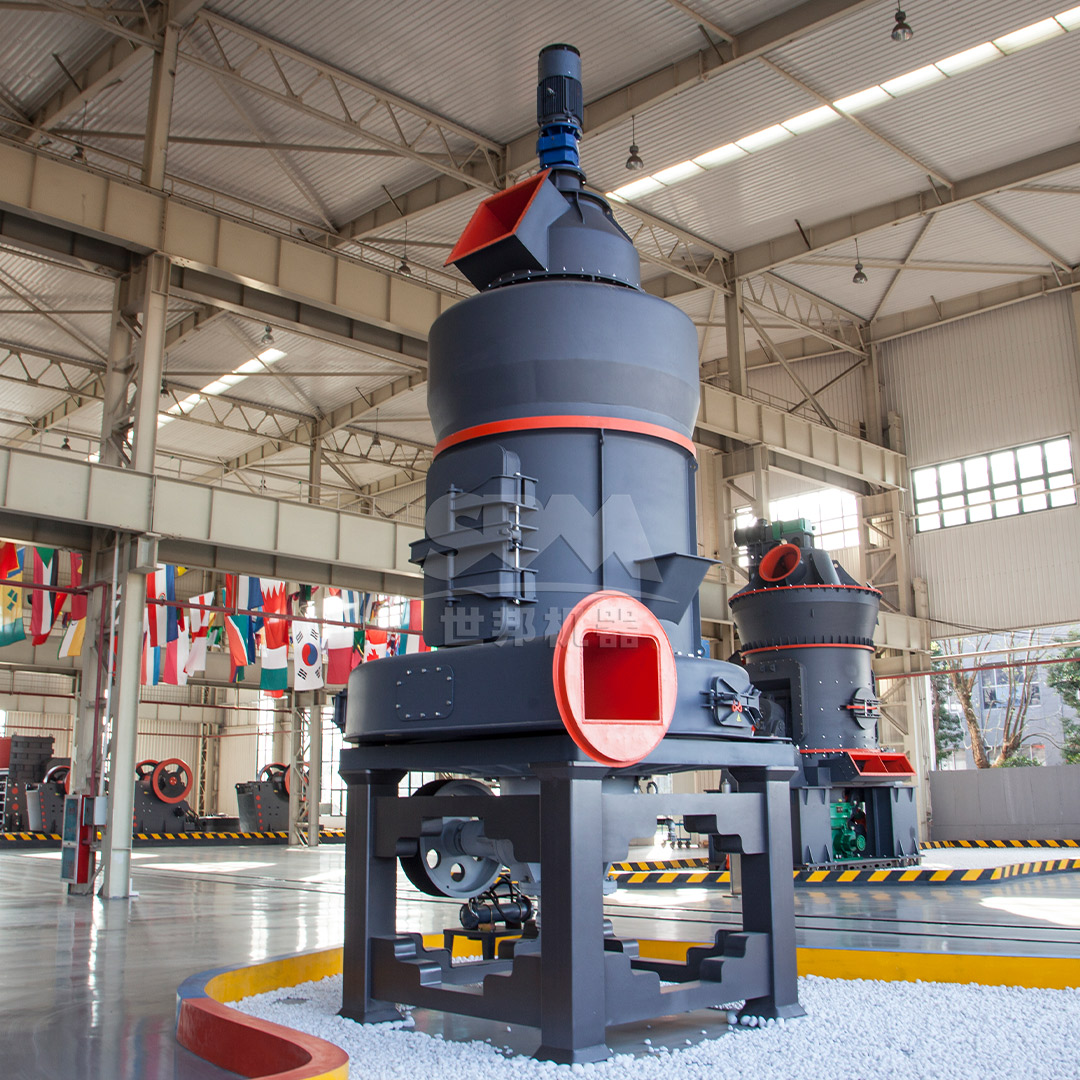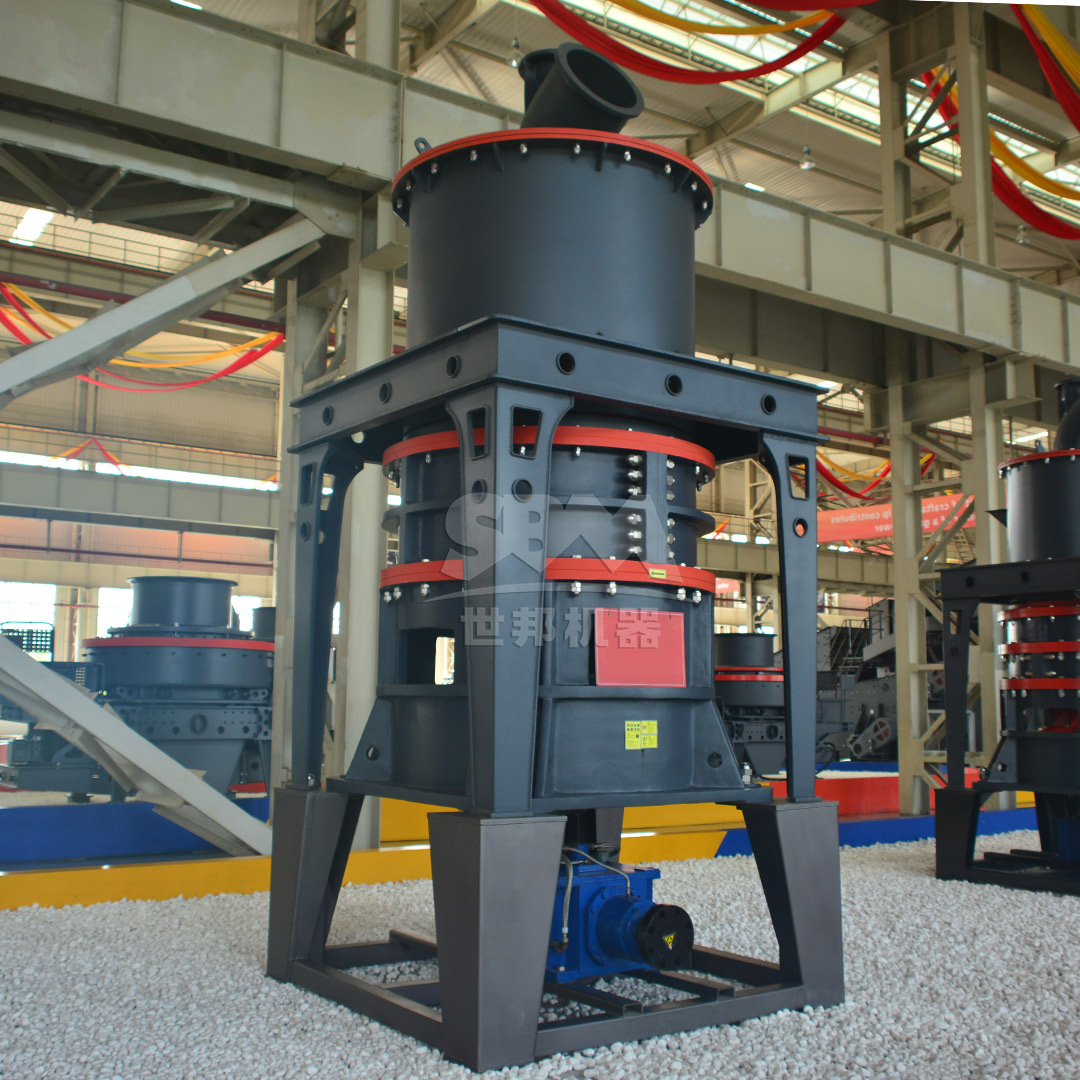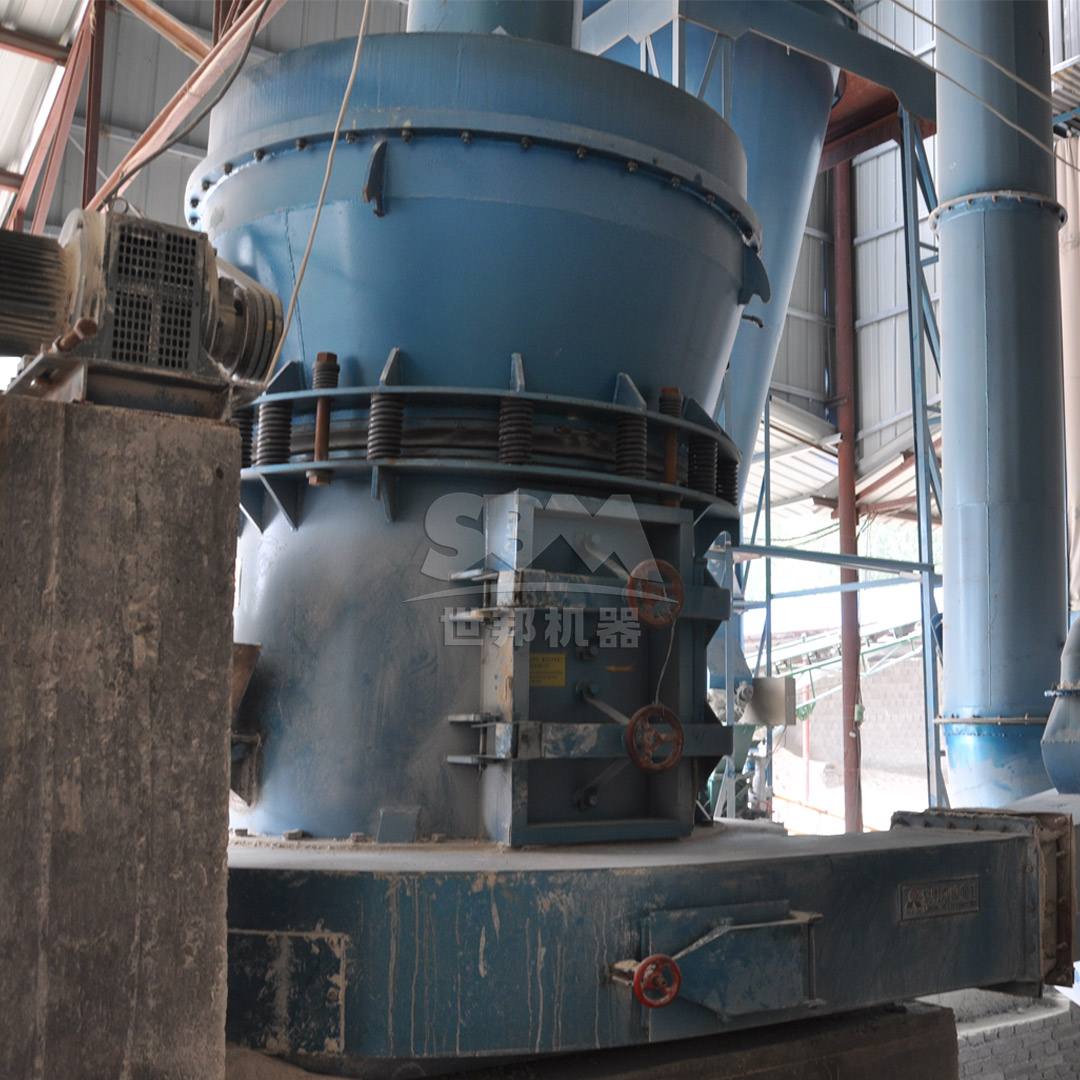Carbon black is one of the most essential reinforcing fillers in the rubber industry, significantly enhancing the mechanical properties, durability, and performance of rubber products. The effectiveness of carbon black in rubber compounding depends heavily on its particle size, structure, and surface area, which are directly influenced by the grinding process. Proper milling ensures optimal dispersion within the rubber matrix, leading to improved tensile strength, abrasion resistance, and overall product quality.
The selection of an appropriate grinding mill is crucial for achieving the desired carbon black characteristics. Different applications require specific particle size distributions and surface treatments, making the choice of grinding technology a critical decision for rubber compounders. This article explores the technical requirements for carbon black grinding and presents advanced milling solutions tailored for rubber compounding applications.

In rubber compounding, carbon black particle size directly affects reinforcement properties. Finer particles provide greater surface area for polymer interaction, leading to improved tensile strength and tear resistance. The optimal particle size range for most rubber applications falls between 20-100 nanometers, with specific grades designed for different performance requirements.
The surface chemistry and morphology of carbon black particles play a vital role in rubber reinforcement. Modern grinding technologies must preserve the fundamental structure of carbon black while achieving the required fineness. The grinding process should not introduce contaminants or alter the surface properties that are essential for proper vulcanization and reinforcement.
Rubber manufacturing operations require consistent, high-volume production of carbon black with tight quality control. The grinding system must offer reliable operation, minimal downtime, and energy efficiency to maintain competitive production costs while meeting the stringent quality standards of the rubber industry.
For high-performance rubber applications requiring extremely fine carbon black, ultrafine grinding technologies offer precise control over particle size distribution. Our SCM Ultrafine Mill represents the pinnacle of ultrafine grinding technology, specifically engineered for materials like carbon black used in premium rubber compounds.
The SCM series achieves remarkable fineness levels of 325-2500 mesh (D97≤5μm), making it ideal for producing high-reinforcement carbon black grades. With capacity ranging from 0.5-25 tons per hour depending on model selection, this mill combines high efficiency with exceptional energy savings, consuming 30% less power compared to conventional jet mills while delivering twice the production capacity.
| Model | Processing Capacity (ton/h) | Main Motor Power (kW) | Feed Size (mm) | Final Fineness (mesh) |
|---|---|---|---|---|
| SCM800 | 0.5-4.5 | 75 | 0-20 | 325-2500 |
| SCM900 | 0.8-6.5 | 90 | 0-20 | 325-2500 |
| SCM1000 | 1.0-8.5 | 132 | 0-20 | 325-2500 |
| SCM1250 | 2.5-14 | 185 | 0-20 | 325-2500 |
| SCM1680 | 5.0-25 | 315 | 0-20 | 325-2500 |
The SCM Ultrafine Mill incorporates several innovative features that make it particularly suitable for carbon black grinding in rubber applications:
High-Efficiency Grinding Mechanism: The mill utilizes a unique grinding principle where material is fed into the grinding chamber and subjected to multiple layers of grinding rollers and rings. This multi-stage grinding approach ensures uniform particle size distribution, which is critical for consistent rubber compound properties.
Precision Classification System: Equipped with a vertical turbine classifier, the SCM mill provides precise control over particle size distribution. The advanced classification system prevents coarse particles from contaminating the final product, ensuring that every batch meets the strict specifications required for rubber reinforcement.
Durability and Reliability: Specially designed grinding components made from wear-resistant materials significantly extend operational life. The innovative bearing-free screw grinding chamber design enhances operational stability, reducing maintenance requirements and downtime.

For standard rubber compounding applications where ultra-fineness is not required, the MTW Series Trapezium Mill offers an excellent balance of performance, efficiency, and cost-effectiveness. This European-style grinding mill processes carbon black with output fineness ranging from 30-325 mesh (up to 0.038mm), suitable for a wide range of rubber products from automotive tires to industrial rubber goods.
The MTW series demonstrates exceptional versatility with processing capacities from 3-45 tons per hour, making it ideal for medium to large-scale rubber manufacturing operations. Its innovative design features include wear-resistant shovel blades, optimized curved air channels, and integrated cone gear transmission system that achieves 98% transmission efficiency.
| Model | Processing Capacity (ton/h) | Main Motor Power (kW) | Feed Size (mm) | Final Fineness (mesh) |
|---|---|---|---|---|
| MTW110 | 3-9 | 55 | <30 | 10-325 |
| MTW138Z | 6-17 | 90 | <35 | 10-325 |
| MTW175G | 9.5-25 | 160 | <40 | 10-325 |
| MTW215G | 15-45 | 280 | <50 | 10-325 |
Different rubber products require specific carbon black grades with tailored particle sizes and structures. High-performance tires typically use N100-N300 series carbon blacks with extremely fine particles (14-30 nm), while general-purpose rubber goods may utilize N500-N700 series with larger particles (50-80 nm). The grinding system must be capable of producing this wide spectrum of carbon black grades consistently.
Proper grinding not only controls particle size but also affects the dispersion characteristics of carbon black in rubber compounds. Well-dispersed carbon black maximizes reinforcement while minimizing compound viscosity, leading to improved processing and enhanced final product properties. The grinding technology should produce carbon black with optimal surface characteristics for superior dispersion.
The surface area of carbon black, measured by nitrogen adsorption (BET method), directly correlates with reinforcement capability. Finer grinding increases surface area, but must be controlled to avoid excessive surface activity that can negatively affect rubber processing. Advanced grinding systems provide precise control over this critical parameter.

Carbon black handling presents significant dust control challenges. Modern grinding mills address this concern through integrated pulse-jet dust collection systems that achieve filtration efficiency exceeding international standards. The SCM Ultrafine Mill, for instance, operates with dust emissions below 20mg/m³, ensuring compliance with the strictest environmental regulations while protecting worker health.
Industrial grinding operations can generate substantial noise pollution. Advanced milling technologies incorporate comprehensive noise control measures, including acoustic insulation chambers and vibration damping systems. Our grinding mills operate at noise levels below 75-80 dB, creating a safer and more comfortable working environment.
With rising energy costs and increasing environmental awareness, energy efficiency has become a critical factor in mill selection. The SCM Ultrafine Mill reduces energy consumption by 30% compared to traditional grinding technologies, while the MTW Series incorporates energy-saving features such as optimized air flow paths and high-efficiency transmission systems.
The appropriate mill selection depends heavily on production requirements. For large-scale rubber manufacturing facilities with continuous operations, high-capacity systems like the MTW215G (15-45 tons/hour) or SCM1680 (5-25 tons/hour) provide the necessary throughput. Smaller operations or specialty carbon black production may benefit from compact models like the SCM800 or MTW110.
Rubber manufacturers producing multiple product grades require grinding systems capable of quick changeovers and flexible operation. Mills with advanced classification systems and adjustable grinding parameters offer the versatility needed to produce different carbon black grades without major equipment modifications.
Beyond initial investment, considerations should include energy consumption, maintenance requirements, wear part replacement costs, and operational reliability. Our grinding mills are engineered for minimal maintenance and extended component life, significantly reducing the total cost of ownership over the equipment lifecycle.
The future of carbon black grinding lies in intelligent systems that automatically adjust operating parameters based on real-time quality monitoring. Advanced control systems with artificial intelligence capabilities can optimize grinding conditions for consistent product quality while maximizing energy efficiency and minimizing operator intervention.
Environmental considerations will continue to drive innovation in carbon black grinding technology. Future developments will focus on further reducing energy consumption, minimizing carbon footprint, and enhancing recycling capabilities for process materials.
As rubber products become more sophisticated, the demand for specialty carbon blacks with tailored properties continues to grow. Advanced grinding technologies will evolve to meet these specialized requirements, offering greater precision in particle engineering and surface modification.
The selection of appropriate grinding technology is crucial for optimizing carbon black performance in rubber compounding applications. Our SCM Ultrafine Mill and MTW Series Trapezium Mill represent the forefront of carbon black grinding technology, offering rubber manufacturers reliable, efficient, and precise solutions for producing high-quality carbon black across a wide spectrum of applications.
By understanding the specific requirements of rubber compounding and selecting the appropriate grinding technology, manufacturers can achieve superior product performance, operational efficiency, and competitive advantage in the global rubber market. The continuous advancement of grinding technologies ensures that rubber compounders will have access to even more sophisticated solutions to meet future challenges and opportunities.